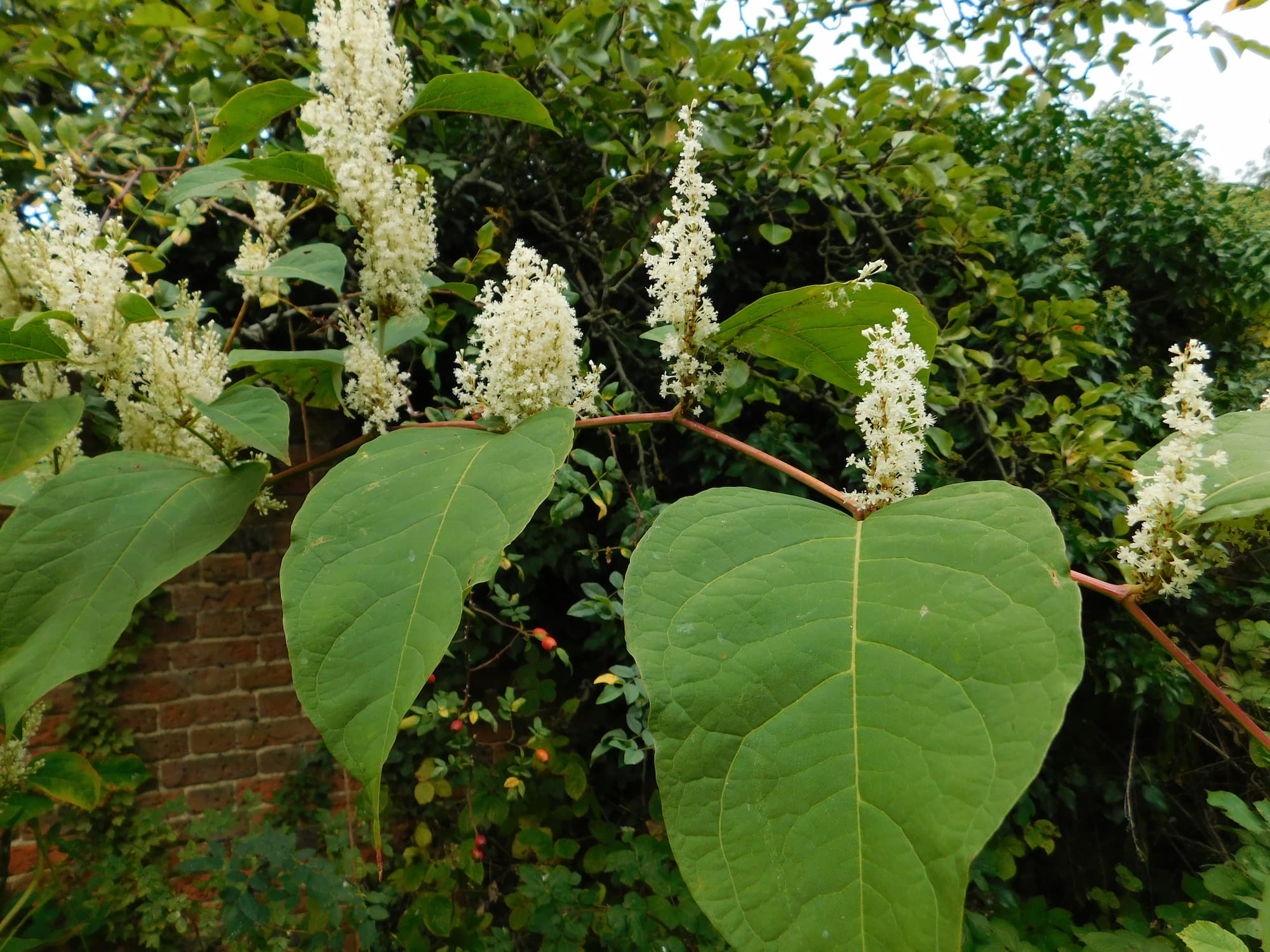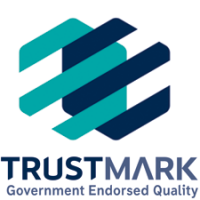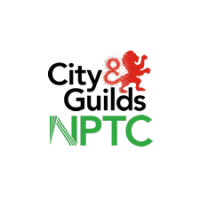Contents
- Introduction: Understanding the Threat of Japanese Knotweed
- Identifying Japanese Knotweed
- The Impact of Japanese Knotweed on Property
- Legal Obligations and Responsibilities
- Professional Removal Options
- DIY Methods for Japanese Knotweed Removal
- Preventing the Spread of Japanese Knotweed
- Conclusion
- Resources
Introduction
Japanese Knotweed (Fallopia japonica) is an invasive plant species that has caused headaches for homeowners and property buyers across the UK. Its aggressive growth and destructive nature can lead to extensive damage to buildings, foundations, and infrastructure. If you are considering buying a house in the UK, it is crucial to understand the implications of Japanese Knotweed and how to deal with it effectively. In this guide, we will provide you with valuable information on how to identify, remove, and prevent the spread of Japanese Knotweed.
Removing Japanese Knotweed Guide for House Buyers in the UK
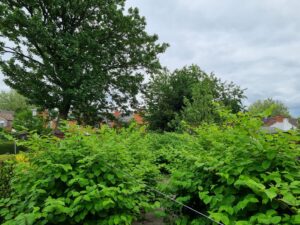

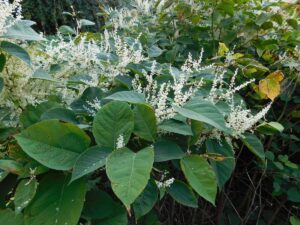

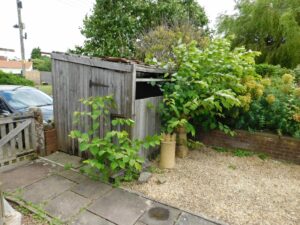
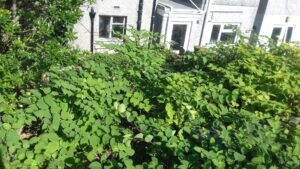

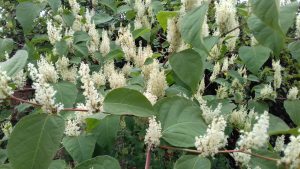
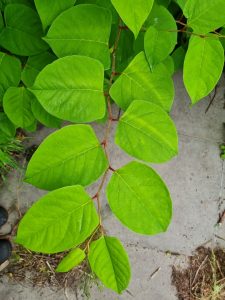
Gallery images feature Japanese Knotweed and Giant Knotweed
1. Identifying Japanese Knotweed
Japanese Knotweed can be identified by its distinctive appearance, featuring bamboo-like stems, heart-shaped leaves, and clusters of small white flowers. It grows rapidly, reaching heights of up to three metres, and its roots can extend several metres underground. If you spot these characteristics on a property you are interested in, it is essential to take immediate action.
Send us a photo of the plant in question for help identifying it https://conservationlandservices.co.uk/contact/invasive-weed-checker/
Why is winter a good time to spot and treat Japanese Knotweed? https://conservationlandservices.co.uk/resources/why-japanese-knotweed-in-the-winter-is-a-good-time-to-spot-and-treat-it/
2. The Impact of Japanese Knotweed on Property
Japanese Knotweed poses a significant threat to property due to its invasive nature. It can penetrate through concrete, tarmac, and even weak points in buildings’ foundations, causing structural damage. If left untreated, the plant can devalue a property and make it difficult to secure mortgages or insurance. Understanding the potential risks is crucial before making a house purchase.
3. Legal Obligations and Responsibilities
Both sellers and buyers have legal obligations and responsibilities when it comes to Japanese Knotweed. Sellers are required to disclose the presence of Japanese Knotweed on their property and provide information regarding any treatment that has been undertaken. Buyers should thoroughly investigate the property and ensure they are aware of any potential issues before committing to a purchase. Legal advice is recommended to navigate these complexities.
The Anti-social Behaviour, Crime and Policing Act 2014 – Individuals who intentionally allowed the spread of knotweed onto adjacent properties or failed to manage it on their own could face penalties.
Wildlife and Countryside Act 1981 – If an individual plants or facilitates the growth of any plant listed in part 2 of schedule 9 in the wild, they shall be deemed to commit an offence.
4. Professional Removal Options
Engaging a professional knotweed removal company is often the most effective and efficient method to eradicate Japanese Knotweed. These specialists have the expertise, equipment, and access to approved herbicides necessary to safely remove the plant. They will assess the extent of the infestation and tailor a suitable removal plan, ensuring minimal disruption to the property and its surroundings.
5. DIY Methods for Japanese Knotweed Removal
It is recommended to always seek professional advice in regards to Japanese Knotweed due to its resilient nature and ability to spread from any part of the plant. For those with a smaller infestation and a desire to tackle the problem themselves, several DIY methods can be considered. These include excavation, herbicide treatment, and burying the plant under a root barrier. However, it is critical to note that Japanese Knotweed is resilient, and improper removal methods can exacerbate the issue rather than solve it.
6. Preventing the Spread of Japanese Knotweed
Preventing the spread of Japanese Knotweed is crucial to protect your property and neighbouring areas. If you’re buying a property with Japanese Knotweed, consult professionals for advice on containment and treatment. Implementing a management plan that includes regular monitoring, herbicide application, and proper disposal of plant material is key. Additionally, educate yourself on the legalities of disposing of Japanese Knotweed waste to prevent further contamination.
Conclusion
Buying a house in the UK requires careful consideration, particularly when it comes to the threat of Japanese Knotweed. Understanding how to identify, remove, and prevent the spread of this invasive plant is vital. Whether you have just noticed you have an issue or you are dealing with an ongoing problem it is crucial to take immediate action to protect your property investment and ensure the long-term value of your home. Opting for professional removal is the safest and guaranteed method of dealing with this troublesome plant.
Resources
The Postcode Areas We Serve
Gloucester and Swindon
Birmingham and the Midlands
Bristol and the South West
Cardiff and South Wales
